Three ways to overcome skill gaps in your company
In the professional world, a skills gap occurs when the abilities of employees fail to meet the needs of an organisation. The impact of this can be incredibly costly for businesses. Not only could it result in reduced productivity and slower growth, but it also has a more tangible financial impact. In fact, the digital skills gap alone costs Australian companies $3.1 billion each year, due predominantly to the cost of outsourcing tasks, lower productivity and recruitment fees.

While digital skills are crucial to so many different industries, the rise in artificial intelligence in particular is often actually thought to be having a negative impact on the skills gap, with more professionals relying on automated processes rather than their own expertise. In this regard, striking a balance between automation and employee input is key to sustained success.
A skills gap doesn’t have to be terminal – it is possible for any company to overcome this challenge. In this article, we explore three common approaches to tackling skills gaps for companies in any industry.
Investing in training to reduce a skills gap
Ultimately, the most important way to upskill your existing employees is by offering effective and accessible training programmes. Rather than seeing it as a box-ticking exercise, managers should tailor staff training to address the specific skills gap in their team. This will be beneficial for both employees and companies, who can benefit from a more productive workforce.
Often, the will to train and improve their skill set is present amongst employees, but with so many online courses and certifications to choose from, they perhaps don’t know which will be the most effective use of their time. That’s where managers and business owners can intervene, and offer suggestions for programmes that will provide useful information that’s highly relevant to your company’s industry.
Implementing a culture of continuous development should mean employees don’t need to earmark a set day to sit and learn a new skill. Focusing on more informal development and cross-department training is a cost-effective way to utilise internal resources more effectively.
Improving employee retention reduces the skills gap.
High rates of staff turnover can cost a business in a number of ways. Naturally, regularly losing employees that you’ve invested in will inevitably create (or widen) skill gaps, creating a void that needs filling by new people who will need to be trained to the same level. Improving employee retention doesn’t happen overnight; it requires an ongoing commitment to curate a positive workplace culture where employees feel valued and suitably rewarded for their efforts.
There are so many areas to consider when looking to improve employee retention rates. Amongst the most common reasons for professionals seeking other opportunities are a lack of work/life balance, a lack of career progression, and low salary. Reviewing each of these areas (and researching how you compare to industry standards) is a great way to work towards boosting loyalty amongst staff and retaining your top talent.
Attracting the right people
Attracting the right candidates isn't just about filling an immediate vacancy; it's a strategic move that can impact an organisation's long-term health and growth. The company’s long-term strategy needs to be aligned with recruitment efforts to ensure the skills being hired can support future plans. A good hire will bring a wealth of knowledge, fresh perspectives, and specialised skills that align with the company's needs and culture. When companies successfully recruit these individuals, they invest in their future by reducing the skills gap.
This strategic alignment ensures that employees are not only competent but also have the potential to innovate and drive the company forward, thereby securing a crucial competitive edge in the evolving marketplace. By focusing on targeted recruitment efforts, businesses can effectively bridge the skills gap, foster a more dynamic workforce, and position themselves for sustained success.
 CA-EN
CA-EN UK
UK AU
AU US
US NZ
NZ PH
PH ZA
ZA SG
SG HK
HK






